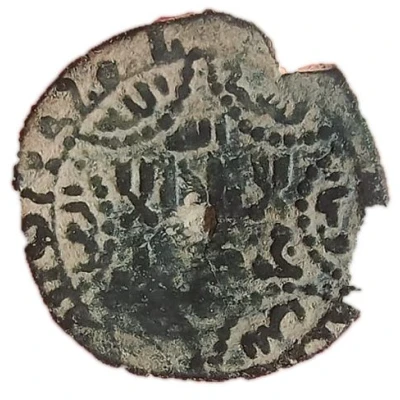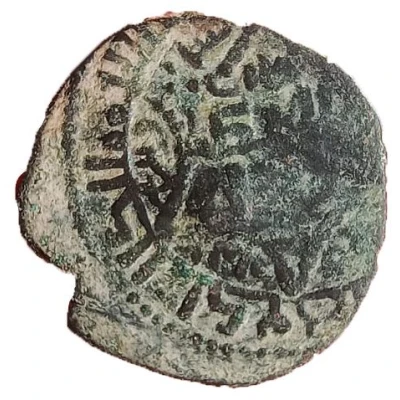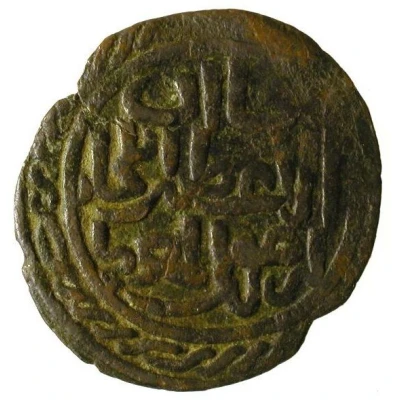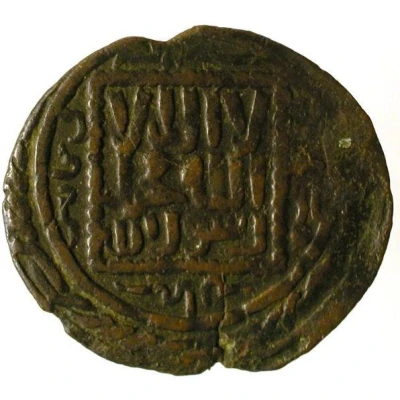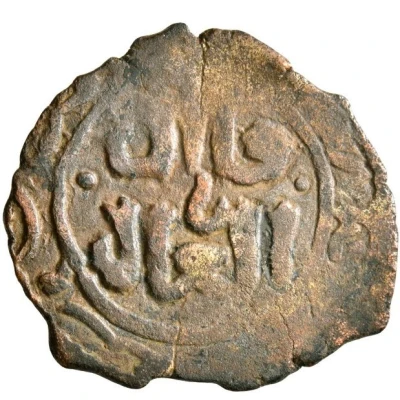
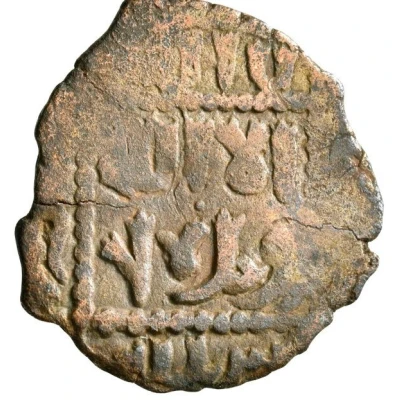

© Leu Numismatik
Fals- temp. Abaqa Tiflis Mint - Type I
675 (1276) year| Copper | 1.42 g | 21 mm |
| Issuer | Ilkhanate |
|---|---|
| Khan | Abaqa Khan (1265-1282) |
| Type | Standard circulation coin |
| Year | 675 (1276) |
| Calendar | Islamic (Hijri) |
| Value | 1 Fals (1⁄60) |
| Currency | Dinar (1256-1388) |
| Composition | Copper |
| Weight | 1.42 g |
| Diameter | 21 mm |
| Shape | Round (irregular) |
| Technique | Hammered |
| Orientation | Variable alignment ↺ |
| Demonetized | Yes |
| Updated | 2024-10-06 |
| Numista | N#422242 |
|---|---|
| Rarity index | 97% |
Reverse
Kalima - written in four lines
Script: Arabic
Lettering:
لا اله
الا الله
وحده لا
شریك ه
Translation:
There is no God
But Allah
Alone
He has no associate
Comment
"2137R AE Fals, sometimes with mint, usually undated, struck circa 650s-670s / 1250s-1270s, many different types
S [Scarce]
The most common type is stylistically similar to #2133 of Tabriz."
This coin is often found in poor condition and the circular legend is often missing or illegible. The only date known for this coin is 675 AH.
Often referred to as a Kaanik/Qaanik/Kannurebi/Qaanurebi.
The weight of this coin is known to vary from 1.42 grams to 2.89 grams.
Interesting fact
One interesting fact about the Standard circulation coin Fals-temp. Abaqa (Tiflis Mint - Type I) 675 (1276) from Ilkhanate made of Copper weighing 1.42g is that it features a unique blend of Islamic and Mongolian influences in its design. The coin's obverse side bears the name of the Ilkhanate ruler, Abaqa, in Persian script, while the reverse side features a stylized representation of a Mongolian horseman, symbolizing the empire's Mongolian roots. This blend of cultures is a reflection of the Ilkhanate's history as a Mongolian khanate that ruled over a vast territory in the Middle East and Central Asia during the 13th century.
